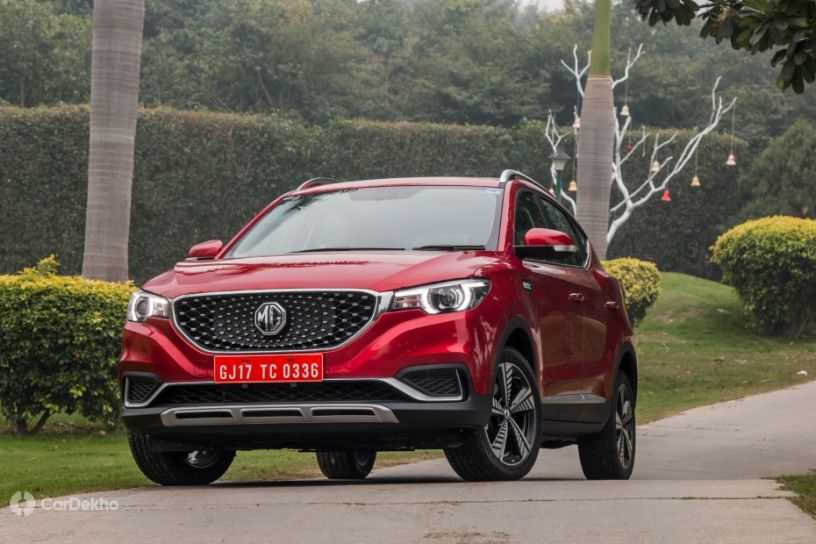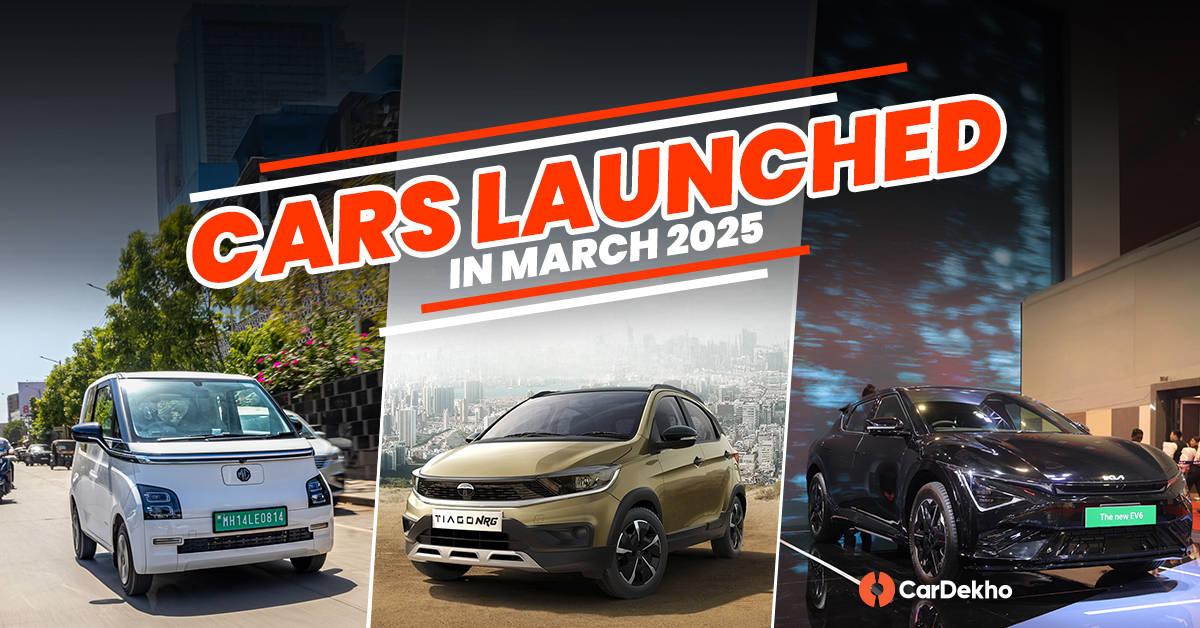MG ZS EV Real-world Performance And Range Tested
Modified On Jul 28, 2020 04:11 PM By Nabeel
- Write a comment
Our curiosity regarding the real-world range and performance of an EV was as much, if not more than yours. Hence, as soon as we got our hands on the ZS EV, it was time for our testers to come out of hibernation

EVs aren’t alien to us anymore. With three good long-range EVs in the market today starting from as low as Rs 14 lakh and going up to Rs 24 lakh, they are very much in the budget of someone looking to buy their second or third car. But there are a lot of genuine questions surrounding EVs and their everyday performance. Not to forget the range. While we will be answering ownership-related questions in our road test (stay subscribed for that), here we will look at the tested performance of the MG ZS EV and compare it against some of its IC engine compact SUV counterparts.
Acceleration
The internet has been kind enough to tell us that EV acceleration is superior to an IC-V’s acceleration. Especially the in-gear acceleration where you don’t have to wait for a downshift, or the engine to start surfing on the torque wave. But is that limited to just the Teslas of the world? Or can other, more everyday EVs too give you the rush? Have a look at the numbers below and find out for yourself.
| MG ZS EV |
Hyundai Creta Petrol Turbo AT |
Jeep Compass Petrol Turbo AT |
BMW X1 Diesel |
|
| 0-100kmph |
8.36s |
9.41s |
09.99s |
7.99s |
| 20-80kmph |
4.56s |
5.55s |
06.48s |
4.75s |
| Behind The Wheel: If you are an acceleration junkie, then the ZS EV’s in-gear acceleration will have you hooked. Just get on the accelerator pedal and the car lunges forward with a cause. In-city overtakes become second nature and you can get past a car like they were slow-moving rickshaws. This does hurt your range but is well worth it - Nabeel Khan (Road Tester) |

The MG ZS EV, with its time of 8.36 seconds to 100kmph, is blisteringly quick for a compact SUV. It’s over a second faster than the fastest IC engine compact SUV, the Hyundai Creta, with its turbocharged 1.4-litre petrol motor and a 7-speed DCT gearbox. It’s even faster than the Jeep Compass turbo petrol that costs around the same. To beat the ZS EV, we have to go into the territory of luxury cars. And then too, the BMW X1 diesel can only better the ZS EV’s outright acceleration and not its in-gear acceleration.
Braking
No doubt that braking is an important aspect of a car. But it becomes all the more important if you can get from 20-80kmph in just 4.5 seconds. Let’s have a look at the braking numbers of the four cars now.
| MG ZS EV |
Hyundai Creta Turbo AT |
Jeep Compass Turbo AT |
BMW X1 |
|
| 100-0kmph |
40.49m |
40.12m |
47.76m |
43.37m |
| 80-0kmph |
25.09m |
26.05m |
29.05m |
26.70m |

The Hyundai Creta impressed us with its braking prowess. Any figure close or under 40 metre from 100kmph and close or under 25metre from 80kmph is impressive. The ZS EV, with its Michelin Primacy 215/50 R17 tyres, could brake with impressive force. The figures are super close to the Creta’s and there won’t be a big difference in real-world usage.
| Behind The Wheel: The MG ZS EVs brake pedal is not linear in its application. You do not get a lot of brake bite early on, and then a lot of it. This causes some jerky operation inside the city. It takes time to get used to, especially with the regeneration set to maximum. However, in an emergency situation, the stopping force is impressive. - Nabeel Khan (Road Tester) |
Range
Finally, the answer that all of us have been waiting for. But first, let’s take a look at how the real-world range is calculated.
Theory: Like we calculate mileage as kilometre per litre of fuel (kmpl) in IC engine cars, the same logic becomes kilometres per kWh of battery charge (km/kWh) in electric vehicles. This represents how many kilometres the EV can run per kWh of battery charge. In the case of the ZS EV, it has a 44.5kWh battery. Multiplying this figure with the battery capacity gives us the range on a full charge. And like in an IC engine, the tests and ranges are different for city and highway. And there is a big difference between the two as well.

The big difference between the two ranges (city and highway) comes because of brake energy regeneration. Inside the city, we get off the throttle more often, hence the regeneration is more aggressive and helps put the charge back into the batteries. On the highways, we stay on power for much longer and for longer stints, hence regeneration can’t put back enough charge into the batteries. This causes the range on the highways to be lower than the city.
Real-world Test Figures Vs Claimed
| MG ZS EV |
City |
Highway |
Claimed |
| Mileage |
7.58 km/kWh |
6.12 km/kWh |
7.64 km/kWh |
| Range |
337.31 km |
272.34 km |
340 km |
After having driven the ZS EV for 102km on the highway, it depleted to 63 per cent charge. Inside the city, it was driven for 63.3km and the charge went down to 84 per cent. It was then changed to 100 per cent and the total kWh input was divided with the total kilometres driven to get to the final value.
| Behind The Wheel: The ZS EV was driven at a cruising speed of 100kmph on the highway and 50kmph in the city. In both cases, the drive remains noiseless and calm. - Nabeel Khan (Road Tester) |
Final Thoughts

The MG ZS EV was everything we had hoped for in terms of EV performance. It has an electric acceleration, lightning pickup and a range which is ideal for the city and can keep you going upto a full working week without having to charge it up. And even when you have to, plugging it in at home (regular socket) can give you enough overnight to carry out the commutes for the next two days. For detailed charge times and drive impressions, stay tuned for our road test review.
Read More on : ZS EV Automatic
1 out of 1 found this helpful















